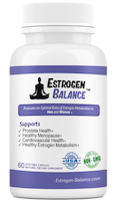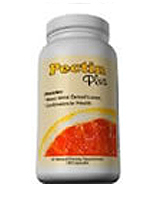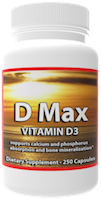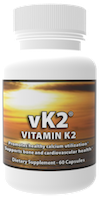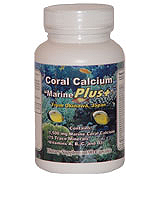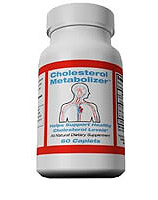Organically Bound Iodine
The single most important element provided by seaweeds is iodine, which is more abundant in seaweeds, than in any land based plants or animals.
All vertebrates require iodine, which the thyroid gland uses to produce the thyroid hormone, triiodothyronine (T3) and its pro-hormone, thyroxine (T4). The thyroid hormones are primarily responsible for regulation of metabolism.
This function is vital for life, thus iodine is critical for maintaining good health.
When vertebrates lived in the sea, even at about 60 ppb, there was a constant reliable source of iodine. Since some vertebrates left the sea, obtaining enough iodine has been a challenge to their descendants, including ourselves.
Since no land plants require iodine, their taking it in from roots or leaves may be just incidental. That has meant that few land plants are reliable or even adequate iodine sources, unless consumed in large quantities.
Eating 3-5 grams of most dried, unrinsed seaweeds will however provide the RDA of 100-150 micrograms.
In adult humans, chronic low iodine consumption often results in first, goiter, an enlargement of the thyroid gland, deliberately generated by TSH (thyroid-stimulating Hormone) to increase thyroid gland cell surface area and more "iodine traps", and secondly, various manifestations of hypothyroidism. The treatment is often simply more dietary iodine for both conditions, which can be easily accomplished by consuming dietary seaweeds.
Since the dawn of the nuclear age, iodine has taken on even more importance. When Uranium is used in nuclear fission, one of the decay products is Iodine 131. That means not only nuclear weapons and bombs, but also, all of the controlled nuclear events with nuclear reactor fuel rods, release radioactive Iodine 131 into the atmosphere. We are all continually and erratically dusted with Iodine 131 every day of every year.
Additionally, nuclear disasters such as Three-mile Island in USA, Chernobyl in Ukraine and Fukushima in Japan
all released enormous quantities of Iodine 131 into the atmosphere. Since then, millions of iodine 131-induced thyroid diseases have been reported worldwide, starting shortly after each event and continuing through today.
Relatively rare 20 years ago, and unknown prior to 1945, thyroid cancer is now the number one cancer in children. The prevalence of thyroid cancers in both adult men and women is increasing at an alarming rate.
Iodine 127 is the only natural isotope of iodine and it is very stable, unlike Iodine 131 which is very unstable and
decays with the release of a high energy Beta particles, which wreak havoc on any tissue it comes in contact with. The reason Iodine 131 is so hazardous is because our bodies will happily take it in if we need iodine. Furthermore, Since prior to the human atomic age there was no iodine 131, we have not evolved to the point of developing any natural defense against it.
If we have sufficient Iodine 127 in our bodies, our bodies will not take in the heavier iodine 131, but if we are deficient, our thyroids will take it up and will likely develop cancers.
Potassium Iodide (KI) and Potassium Iodate (KIO3) are good sources for iodine 127, should a nuclear emergency arise. However, neither is recommended to take on a daily basis. Both can have side effects, could be overdosed on and could potentially be dangerous in general.
It is far better to take an organic source of iodine. There is no better organic source than seaweed, which contains organically bound iodine. The organically bound iodine in seaweed is far more bioavailable than KI or KIO3, and it can be consumed everyday with no problem. if we continually take in 150 micrograms of iodine 127 daily (accomplished by consuming 3-5 grams of seaweeds daily), we will most likely be protected from iodine-deficiency. and thus protected from iodine 131.


